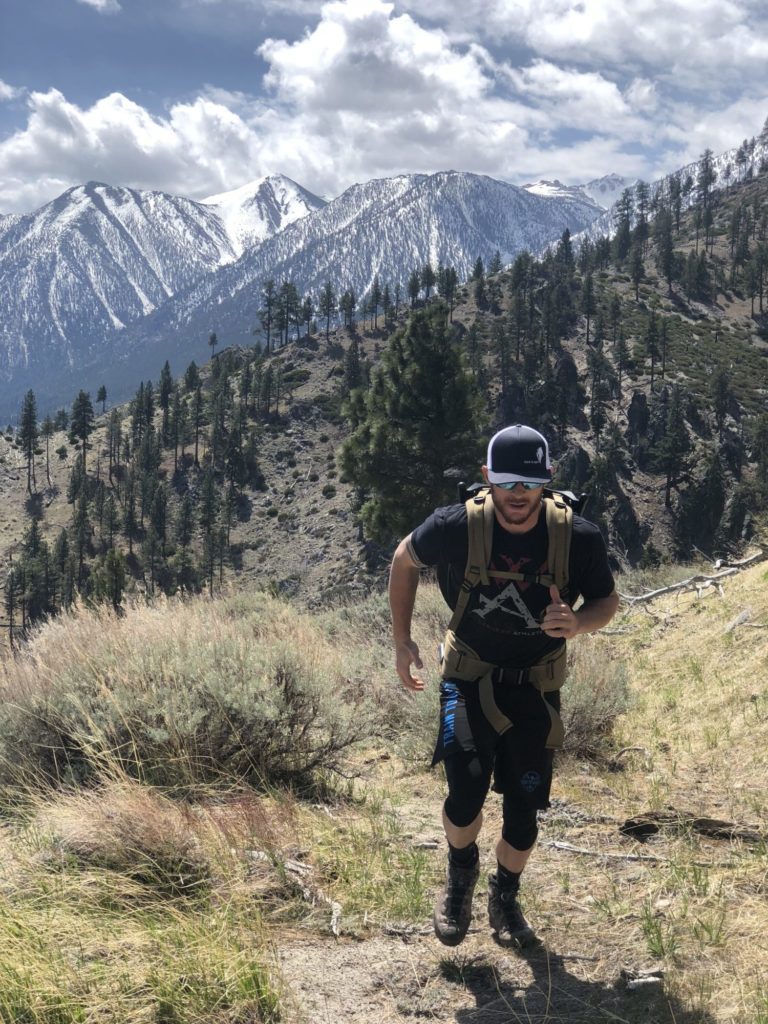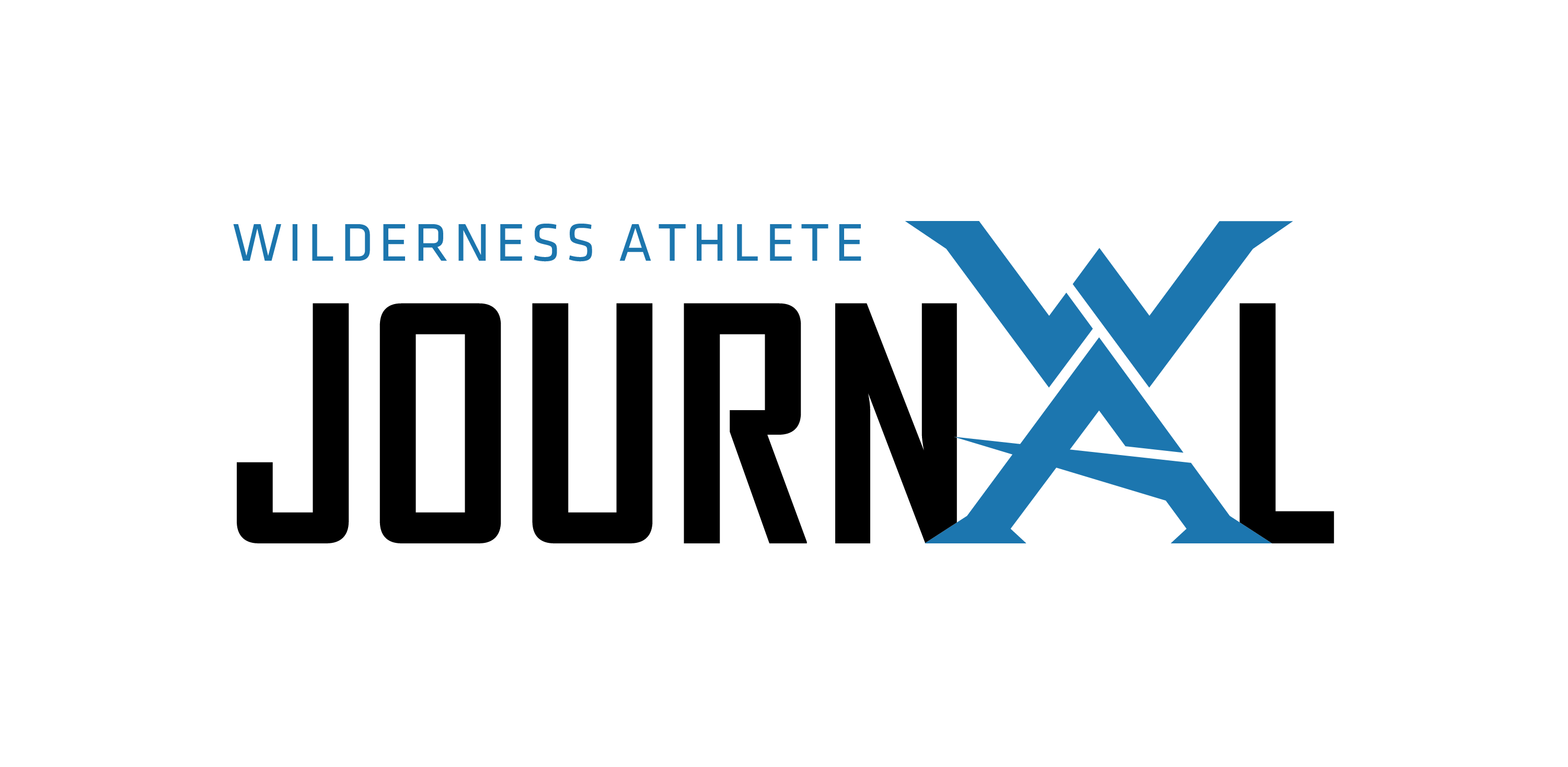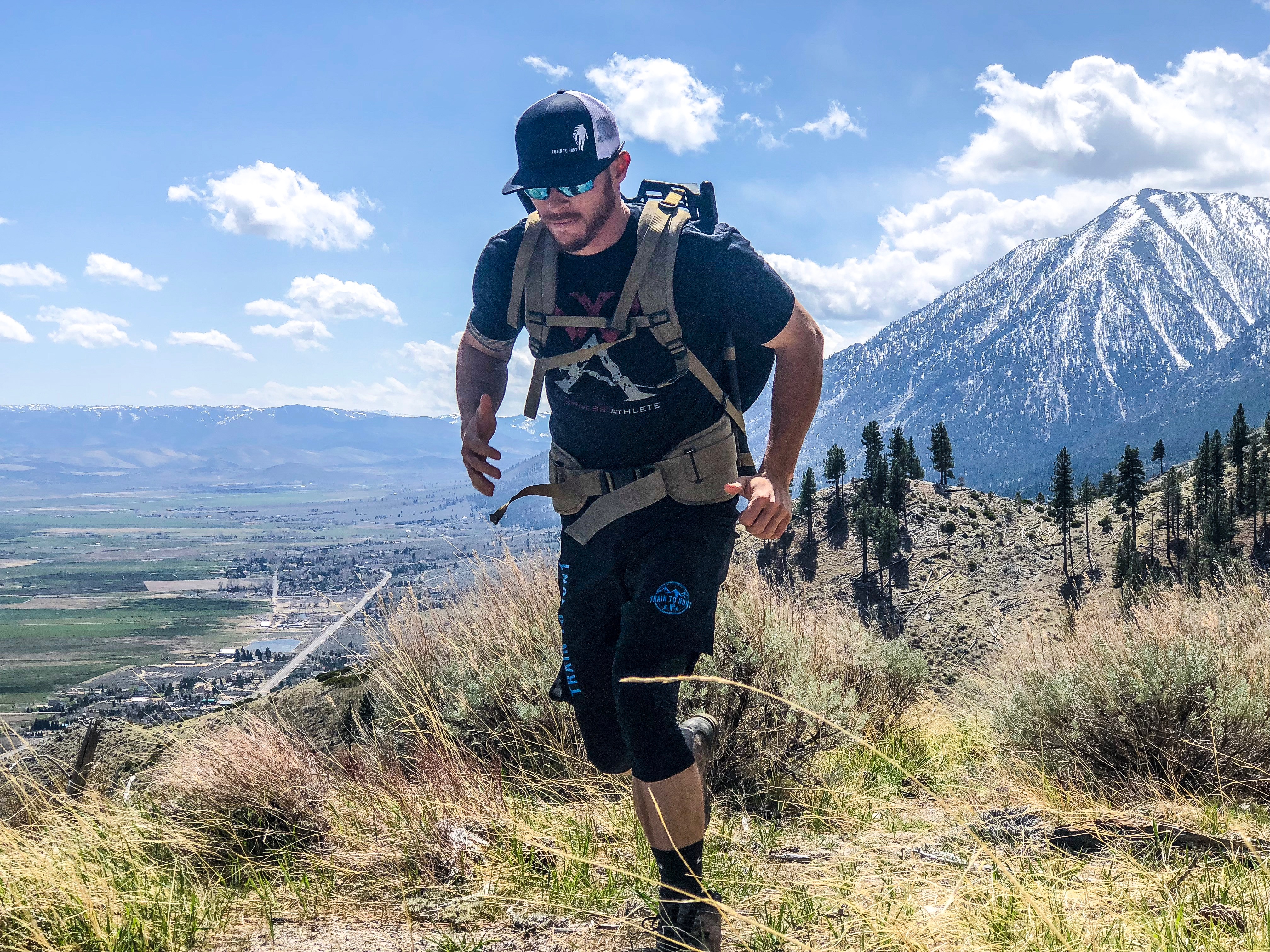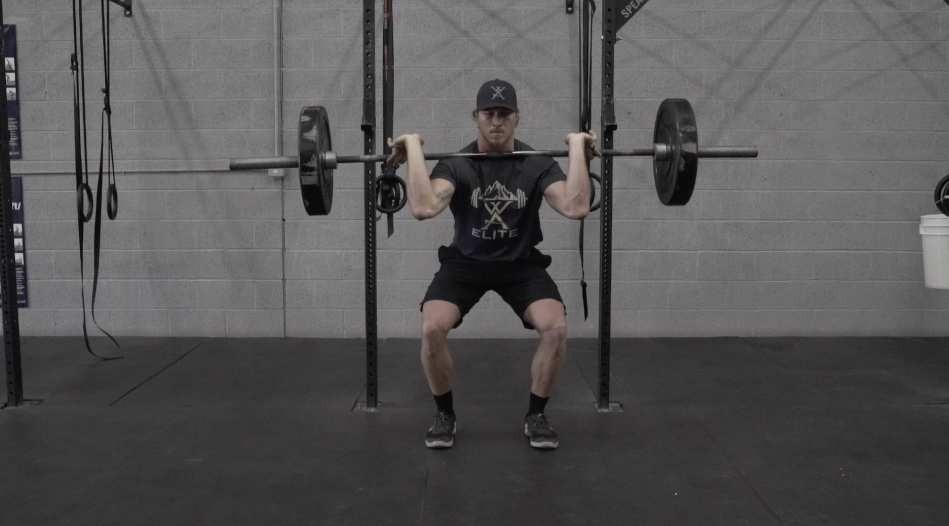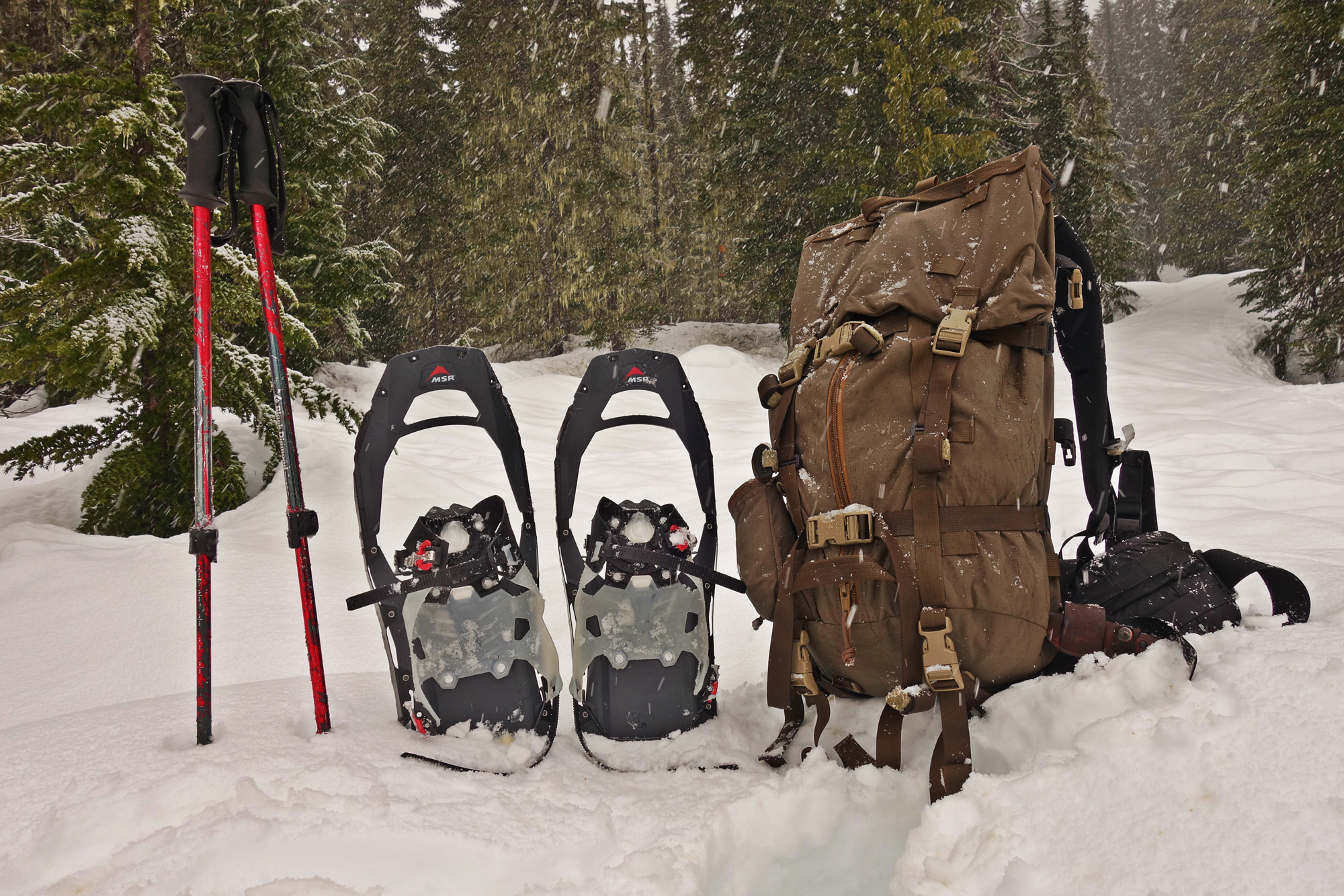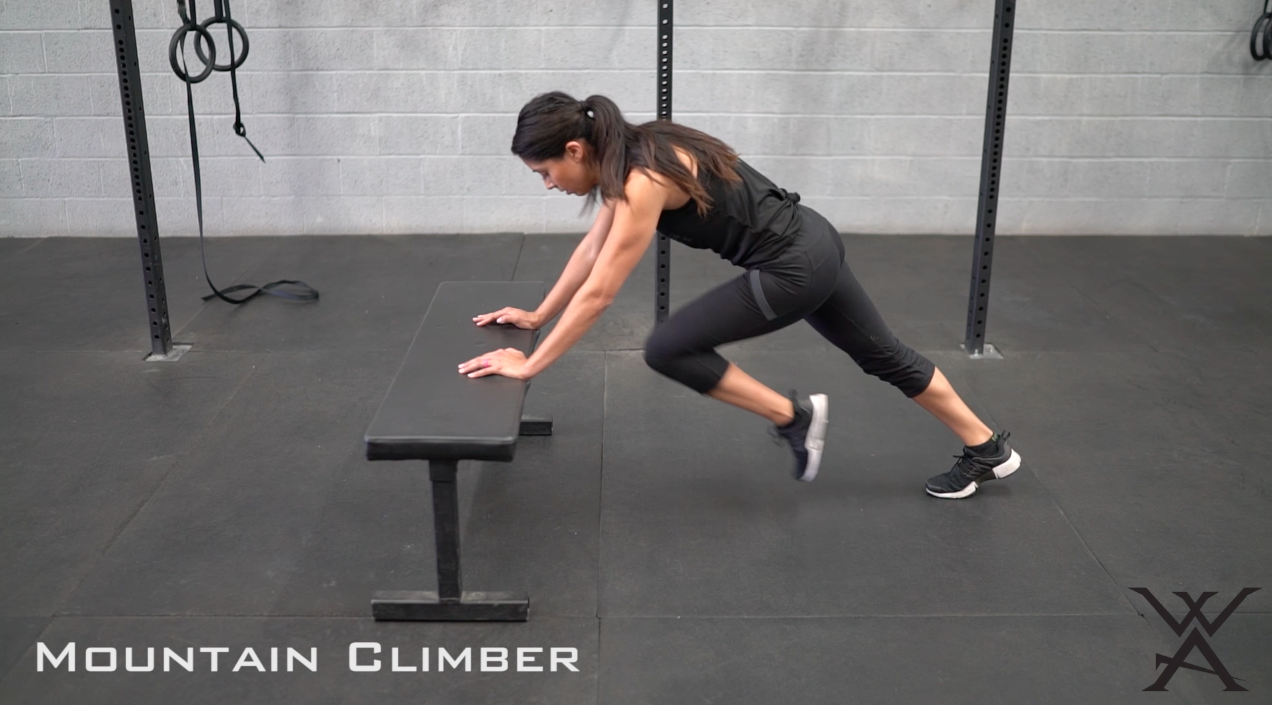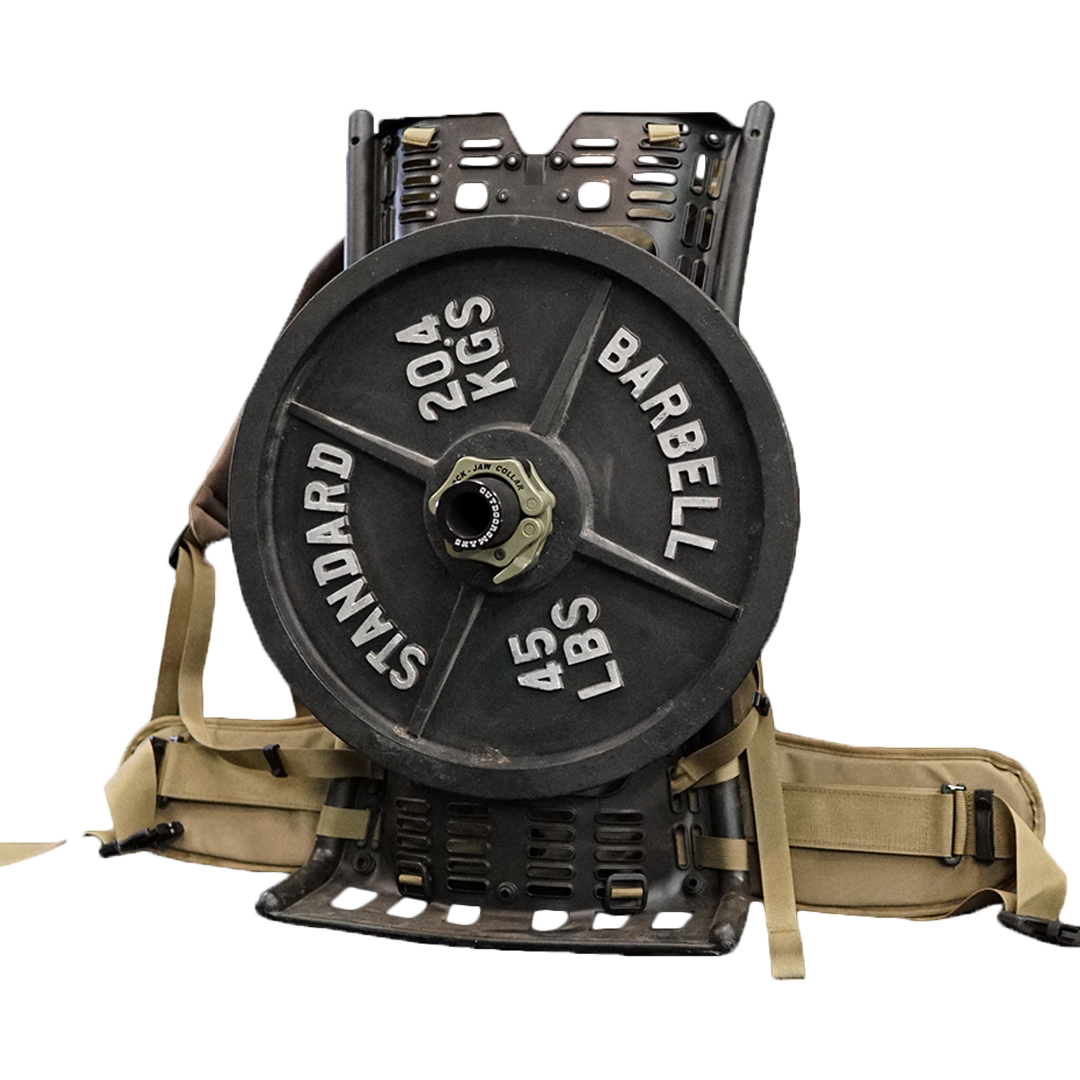Article By | Ty Hoelzen – CPT, EMT, Firefighter
When I ask the majority of the general public about what they do for posterior chain training, I get the “deer in the headlights” response. The immediate question that then follows is, “What the heck is the posterior chain?!” Well, let’s start there. The posterior chain is a group of muscles consisting primarily of the gluteus maximus, the hamstring, hip flexors, calves and erector spinae. They’re all located in the back part of the human body and act as the prime movers for forward propulsion. This chain of crucial muscles are often ignored and misunderstood by the general public. So why is this important? Well most of us won’t be climbing a mountain walking backwards. The posterior chain is our motor, our driving force for backcountry performance and forward human movement.
THE SCIENCE
As technology advances and more jobs become computer-based, people find themselves sitting longer for work than ever before, thus shortening and tightening their quadriceps. The longer people sit, the more their hip muscles won’t be able to perform when called upon to do routine tasks of daily living { turning them off essentially } forcing the body to alter biomechanics and create different strategies of compensation. The glutes lose their role of generating hip extension and hip stabilization causing stress to be put on other areas of the body such as the lower back and knees.
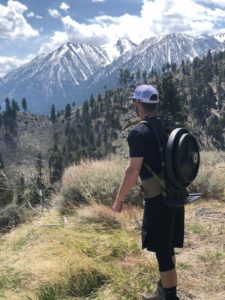 THE BENEFITS
THE BENEFITS
Why should we turn over a new leaf and start making posterior chain training a priority in our gym routines? “Because it will create the firm, attractive butt that everyone dreams of?” That’s certainly not false, it will indeed do that, but the benefits span much further than that. Effective training of the posterior chain will cause one to become more explosive, jump higher, and run faster, all sought after traits by any athlete. This training reduces the risk of lower back and knee injuries, as well as creates symmetry and balance to the body’s physique, countering the dominant anterior chain muscles.
The gluteus maximus and hamstring are two of the most powerful muscles in the body and consistent strengthening of those powerhouse muscles will only improve total body strength and athleticism. By developing and stabilizing these muscles it will relieve stresses that were previously placed on other injury-prone areas allowing your body to have the strength and efficiency to hike deeper and higher into the backcountry.
STOP THE INJURIES
More than 3 million cases of lower back pain are reported yearly in the U.S. as well as roughly 1 million cases of knee pain or injury that are reported yearly. Posterior chain training and education can certainly reduce those numbers if incorporated into people’s weekly workout regimens. Poor posture can also be contributing to some of these injuries, but that can be a direct result of weak and/or tight glutes, hamstrings and hip flexors – all of which are muscles that will be strengthened with proper posterior chain training, thus taking stress off the lower back.
How does this apply to hunters and outdoorsmen? Well, the stronger your posterior chain becomes, the easier your body can support the weight from your packs, which distributes the majority of the weight onto the hip flexors etc. Think of your own body when out hiking or hunting with your pack on for long amounts of time or distances. Which muscles or joints usually give out on you first? Low back? Calves? Hips? Knees? I’d be willing to guess that your answer is most likely regarding a posterior chain component. When it comes to knees, especially when lifting, dynamic valgus { knee collapsing inward } is a huge risk factor. This common fault is often brought on due to quadriceps dominance and can be easily fixed with posterior chain training, creating stronger, more stable knees. Stronger knees and ankles are definitely a requirement for tackling the rugged, uneven backcountry terrain.
HOW TO INCORPORATE THIS INTO MY WORKOUTS
Understanding and mastering the hip hinge movement pattern is crucial for posterior training success. If you are unable to perform a hip hinge I’d recommend mobility work as well as stretching and band work prior to any further resistance training. Once the movement can be performed, I’d recommend dedicating at least 1 or 2 days a week to strictly posterior chain training consisting of any of the following exercises:
- Barbell or Trapbar Deadlifts
- Barbell Back Squats
- Romanian Deadlifts
- Calf Raises
- Physioball Leg Curls
- Glute Ham Kickbacks
- Band Pull-Through
- Reverse Lunges
- Kettlebell Swings
- Barbell Hip Thrusts
- Rack Pulls
- Glute Bridges
- GHD Machine
- Banded Lateral Monster Walks
- Box Jumps, Step Ups, Lateral Step-Up
- Bulgarian Squats (Split Squats)
All of those are just to name a few but you get the point. Consider incorporating single leg { Unilateral } exercises as well to help restore muscular balance and symmetry to the body. As a trainer I’m a fan of eccentric deceleration training for the legs, simulating and preparing for hiking downhill. Throw in some weight bearing exercises practicing carrying heavy weight from one point to the next { Pack out }. Some examples are the standard farmer carries, suitcase carries, overhead carries, waiter carries etc.
Lastly, hunting is no different than any other sport when it comes to the concept of “practice how you play.” To become a stronger, faster, more efficient hiker, you need to throw the pack on loaded with weight and go hiking! { The Outdoorsman’s Atlas Trainer works perfectly for this } Increase the weight and distance slowly and accordingly and you’ll improve. I hope you found this educational and beneficial. It is my hope that you all try incorporating some if not all of these training tools into your routines. Get after it!
